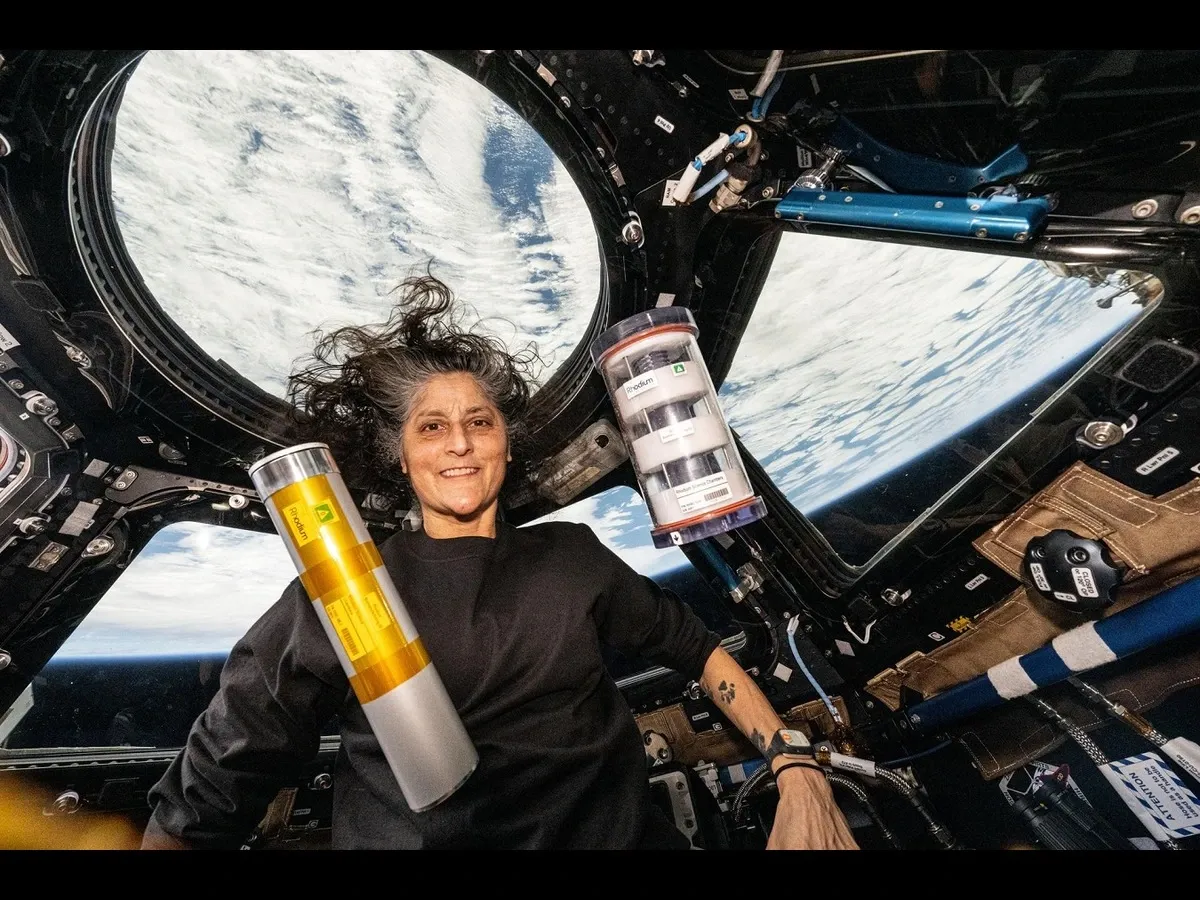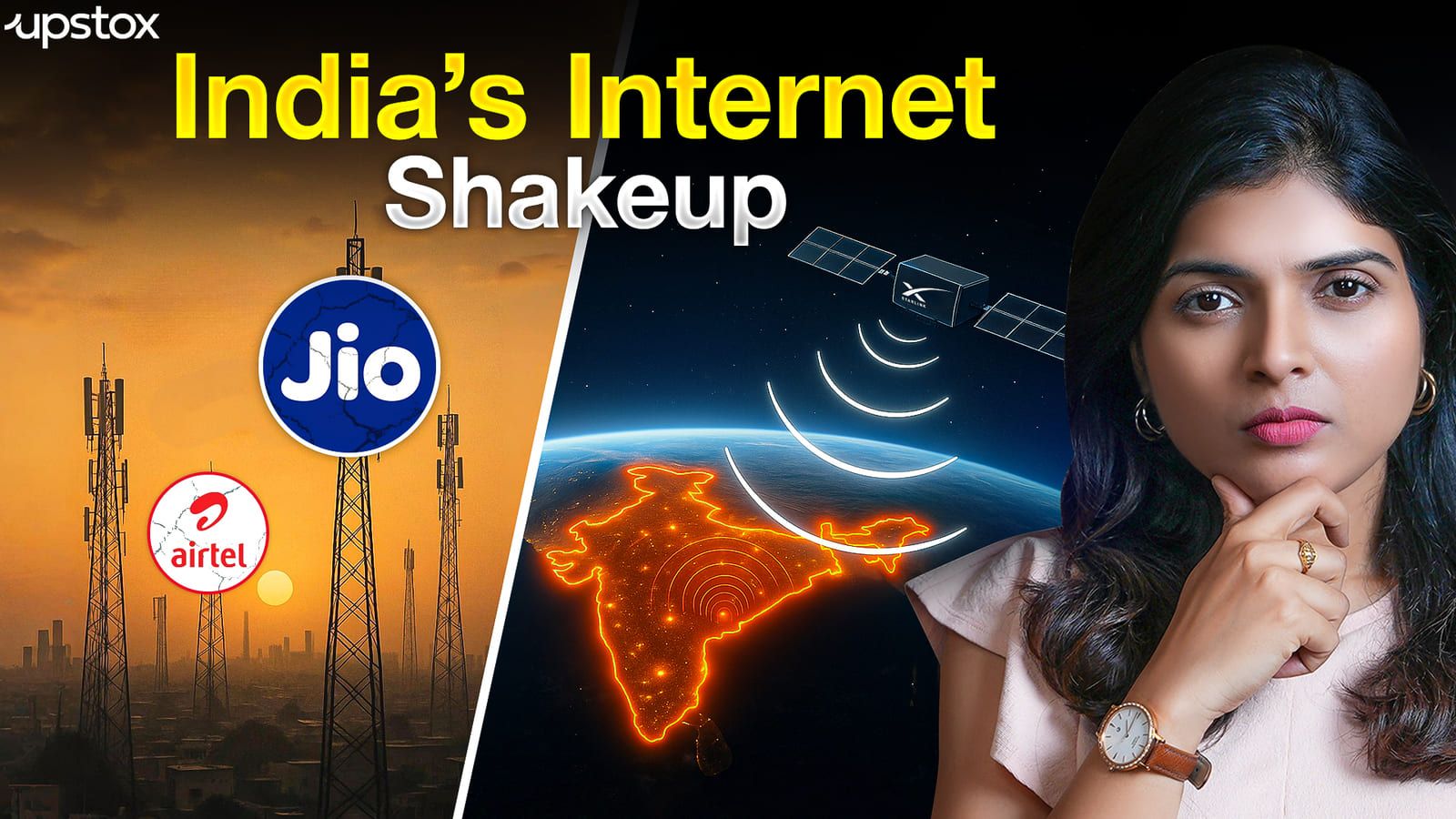Trending
NASA astronauts Sunita Williams, Butch Wilmore begin journey home: How short test flight became 9-month stay in space

4 min read | Updated on March 18, 2025, 14:01 IST
SUMMARY
NASA astronauts Sunita Williams and Butch Wilmore, originally set for an eight-day test flight aboard Boeing’s Starliner, are finally returning to Earth after a nine-month stay on the International Space Station.

NASA astronauts Sunita Williams and Butch Wilmore are traveling back aboard SpaceX’s Crew Dragon with fellow astronaut Nick Hague and Roscosmos cosmonaut Aleksandr Gorbunov.
NASA astronauts Sunita Williams and Butch Wilmore, accompanied by fellow astronaut Nick Hague and Roscosmos cosmonaut Aleksandr Gorbunov, have begun their journey back to Earth after an extended nine-month stay aboard the International Space Station (ISS).
The Crew-9 mission departed the orbiting laboratory at 1:05 am ET (10:35 am IST) on Tuesday, March 18, 2025, aboard a SpaceX Crew Dragon capsule, setting the stage for a splashdown off Florida’s coast later today.
For Williams and Wilmore, the return marks the end of an odyssey that ballooned from a planned eight-day test flight into a nearly year-long saga due to technical issues with Boeing’s Starliner spacecraft.
The astronauts launched on June 5, 2024, aboard Starliner for its first crewed test flight, a milestone in NASA’s Commercial Crew Program aimed at certifying Boeing’s spacecraft for regular ISS missions.
However, thruster malfunctions and helium leaks plagued the capsule shortly after launch, forcing NASA to deem it unsafe for their return.
Starliner returned to Earth without its crew in September 2024, leaving Williams and Wilmore to integrate into the ISS team while awaiting a new ride home. That ride arrived with the Crew-9 mission, launched in September 2024 with Hague and Gorbunov, which reserved two empty seats for the stranded astronauts.
Now, the Crew Dragon spacecraft is ferrying the quartet from the ISS’s orbit, about 400 kilometers above Earth, back to the planet’s surface.
The journey, expected to last approximately 17 hours, will enter its critical phase as the capsule prepared for a deorbit burn scheduled around 5 pm ET (2:30 am IST Wednesday). This maneuver will propel the spacecraft into Earth’s atmosphere at speeds exceeding 27,000 kilometers per hour, subjecting it to temperatures above 1,900 degrees Celsius.
The intense heat and friction may trigger a temporary communication blackout, a routine challenge during reentry.
Following reentry, the Crew Dragon will deploy two sets of parachutes in quick succession to slow its descent from orbital velocities to less than 32 kilometres per hour. If weather conditions cooperate—mission controllers are monitoring forecasts closely—the capsule is set to splash down off Florida’s coast at approximately 5:57 pm ET (3:27 am IST Wednesday).
A SpaceX recovery ship will be on standby to retrieve the spacecraft, after which Williams, Wilmore, Hague, and Gorbunov will exit to face Earth’s gravity for the first time in months.
The astronauts, alongside Hague, completed over 900 hours of research and conducted more than 150 scientific experiments and technology demonstrations, ranging from biology research to technology tests critical for future lunar and Martian missions.
Williams also took on the role of ISS commander, while she and Wilmore performed spacewalks to maintain the station’s infrastructure.
Extended stay of NASA astronauts turned political
NASA’s decision to prioritise crew rotation logistics over a costly standalone rescue has drawn criticism from SpaceX CEO Elon Musk and President Donald Trump, who alleged Williams and Wilmore were “abandoned” in orbit.
Musk claimed SpaceX offered to retrieve them earlier, a proposal he said was rejected by the White House for “political reasons.”
NASA officials countered that no formal offer reached agency leadership, and a senior official, according to CNN, noted that an extra mission would have cost hundreds of millions of dollars—funds the agency lacked.
SpaceX’s Sarah Walker, director of Dragon mission management, declined to address Musk’s claims directly.
“What I do know from almost 15 years of working with this exact team, with commercial crew and ISS, is that NASA is always looking at multiple options — every option available for any operation that they may go do — and then many contingency options for when the unexpected inevitably happens,” she said.
Abandoned in space?
Williams and Wilmore have consistently refuted the characterisation that they were "abandoned" in space.
In an interview with CNN in February 2025, Williams said, “Stranded, stuck, abandoned—that’s what people say, and we get it. But we’d rather call it prepared and committed.”
NASA has also maintained that the astronauts are safe, well-supplied, and actively contributing to ISS operations, with a clear plan for their return in place since September 2024, when the Crew-9 Dragon docked with two empty seats reserved for them.
By signing up you agree to Upstox’s Terms & Conditions
About The Author
Next Story

